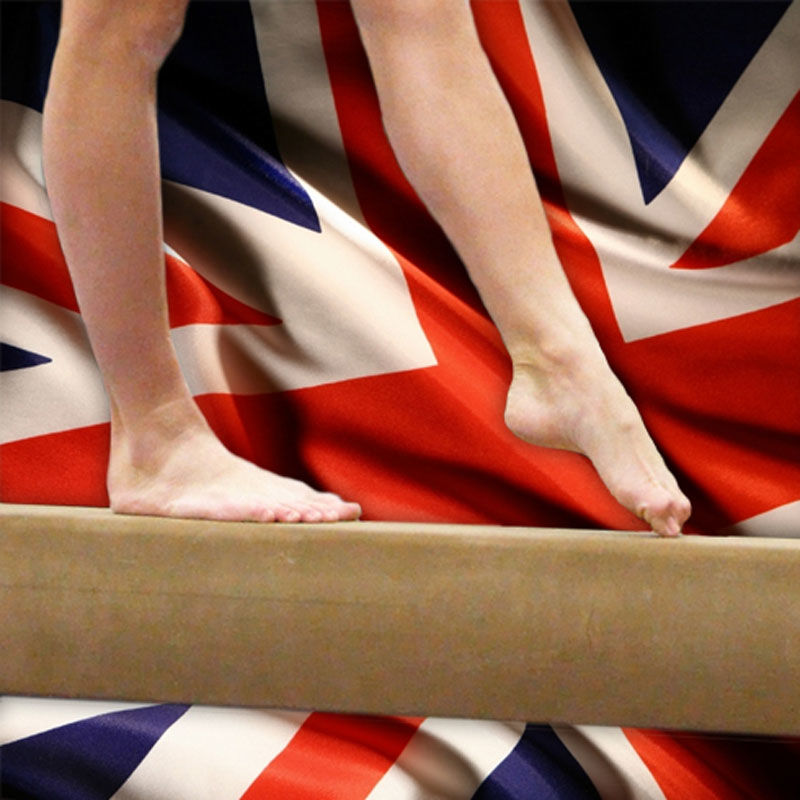Much like the Games themselves, the competition among cities to host the Summer Olympics is intense. Cities spend tens of millions on promotion alone, and hundreds of millions more on structural and infrastructural improvements to "win the bid." However, it is debatable whether the Olympic experience has left a lasting, positive impression on host cities, at least up until the 2012 London Games.
Planning for the 2012 Games in London employed a calculated effort to redevelop through Olympic architecture and urban design. With great emphasis placed on planning for a lasting Olympic legacy, the London games have provided a much needed facelift to a previously dilapidated and underused region of the city, the East End.
With fundamental and lasting improvements winning out over excessive "white elephant" mega-structures, the London Games can serve as a model for future host cities. While the flames of the Games of the 30th Olympiad have been extinguished, London should ultimately be judged on the success of their Olympic transformation into the future. The site will soon undergo another metamorphosis, repurposing the Athletes’ Village into 2,800 units of mixed-income housing neighborhoods. If all goes as planned, London may pave the way for the first real "gold medal games."
As the torch passes from London to Rio, here’s hoping that the legacy of London will find a path to Rio (minding the gap, of course), and the 31st Olympiad will continue to be less about fleeting triumphs and more about lasting legacies.

